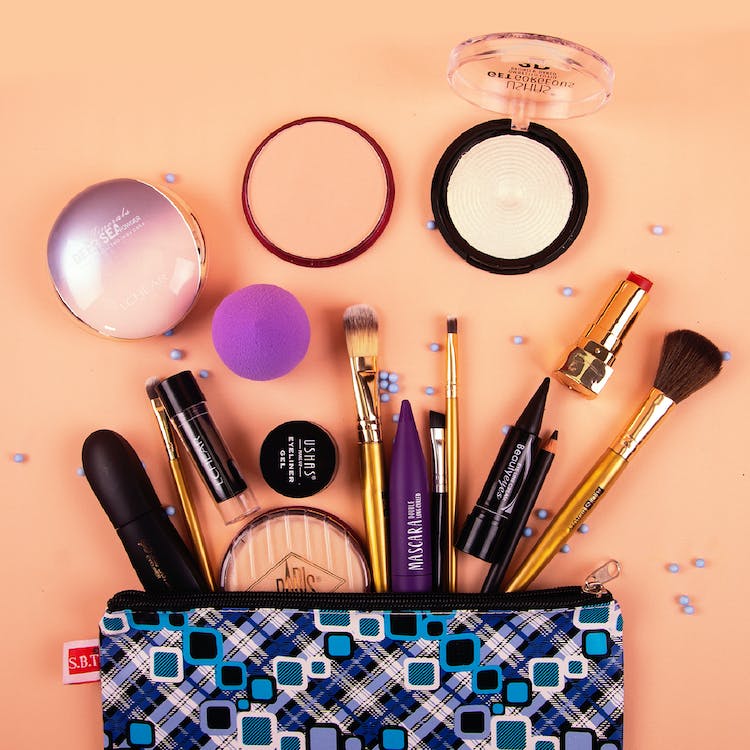On the hunt for makeup that doesn’t turn your skin into a burning, swollen mess, you have read more ingredient labels than most women have. Just as we have, you have probably ran into the serious head-scratcher that is the phrase “May Contain.”
You probably found a cosmetic that checked off all your boxes, then got to the end of the ingredients list and found something like – May Contain: Mica, Carmine, Urine, Radioactive Soil, Toenails, and Pond Scum.
Exaggerated as the above may be, it seems that a lot of cosmetic brands store all the bad ingredients we don’t want within the realms of “May Contain,” but what does that even mean? Is there some contamination in the factory like when someone says a veggie burger may contain some meat because it was made in the same grinder that once made hamburgers?
Not quite.
“May Contain” doesn’t mean any cross-contamination, what is does mean is actually kind of literal. Typically most ingredients lists will suggest a “May Contain” ingredient that is follow it by a string of numbers and letter. This represents the different shades of a product. This means that while midnight blue ( AKA CI 23452) might not contain any carmine, the subtly sexy red ( AKA CI 4536) might. However, what it should say is that it does have them.
For sure.
No question.
However, cosmetic companies are under no such responsibility to say, or are they?
According to the FDA:
Regulations published by FDA to implement this statutory authority provide that a declaration of cosmetic ingredients may include an ingredient not actually in the product, if the ingredient is identified by the phrase “may contain”, and that ingredient is a color additive added to some batches of the product for purposes of color matching, or, alternatively, if it is the sole point of compositional difference between several “shaded” cosmetics [i.e., `color cosmetics’ belonging to one of the several cosmetic product category codes defined at 21 CFR 720.4(c) (3) , (7), and (8) (v) ] that may be part of an assortment (or brand range) of similar products that are intended for the same use, and that are sold by the manufacturer or distributor under a single common brand or trade name [21 CFR 701.3(g)].
The only thing the FDA demands of cosmetic companies is that they list all their ingredients on the label. They aren’t tested and only rarely are ingredients restricted. Essentially what “May Contain” means that that they are definitely in the different shades, but “May Contain” is just a nicer way of putting it.
But what about when a “May Contain” list is longer than the actual ingredient list?
This happens more than you’d like, and it turns a lot of people off. If a product has a wide variety of shades, you can expect this. However, every little thing that can affect color needs to be listed, even opaque ingredients like iron oxide.
If anything, you should appreciate a long “May Contain” ingredients list as a responsible business practice, especially by smaller Indie labels. The FDA can be pretty picky about its labeling and sometimes the straight forward approach is actual a illegal approach.
So next time you are put off by what a cosmetic ingredient “may contain,” look up the shade and avoid that. The rest of the product may just be perfect for you.

